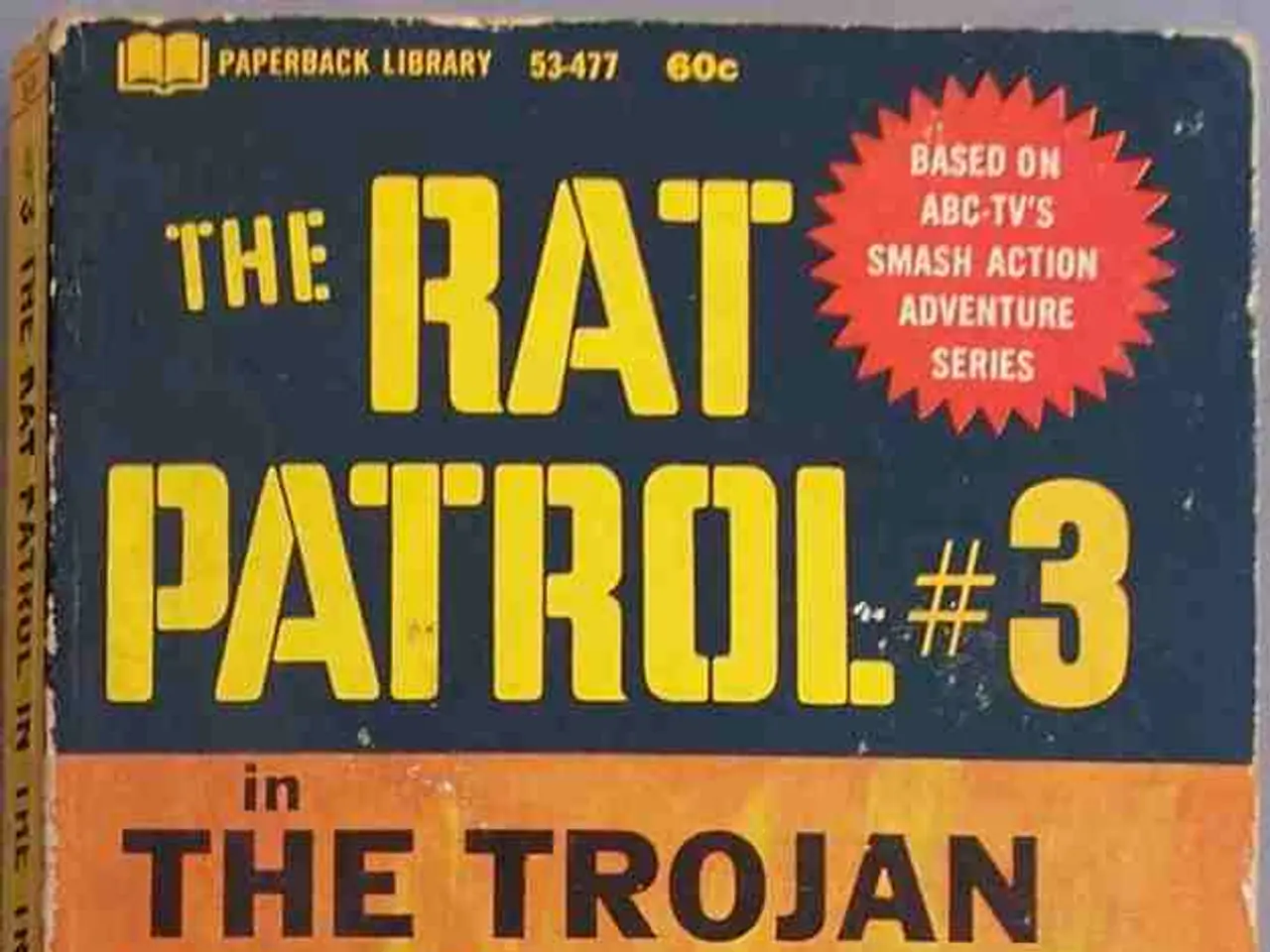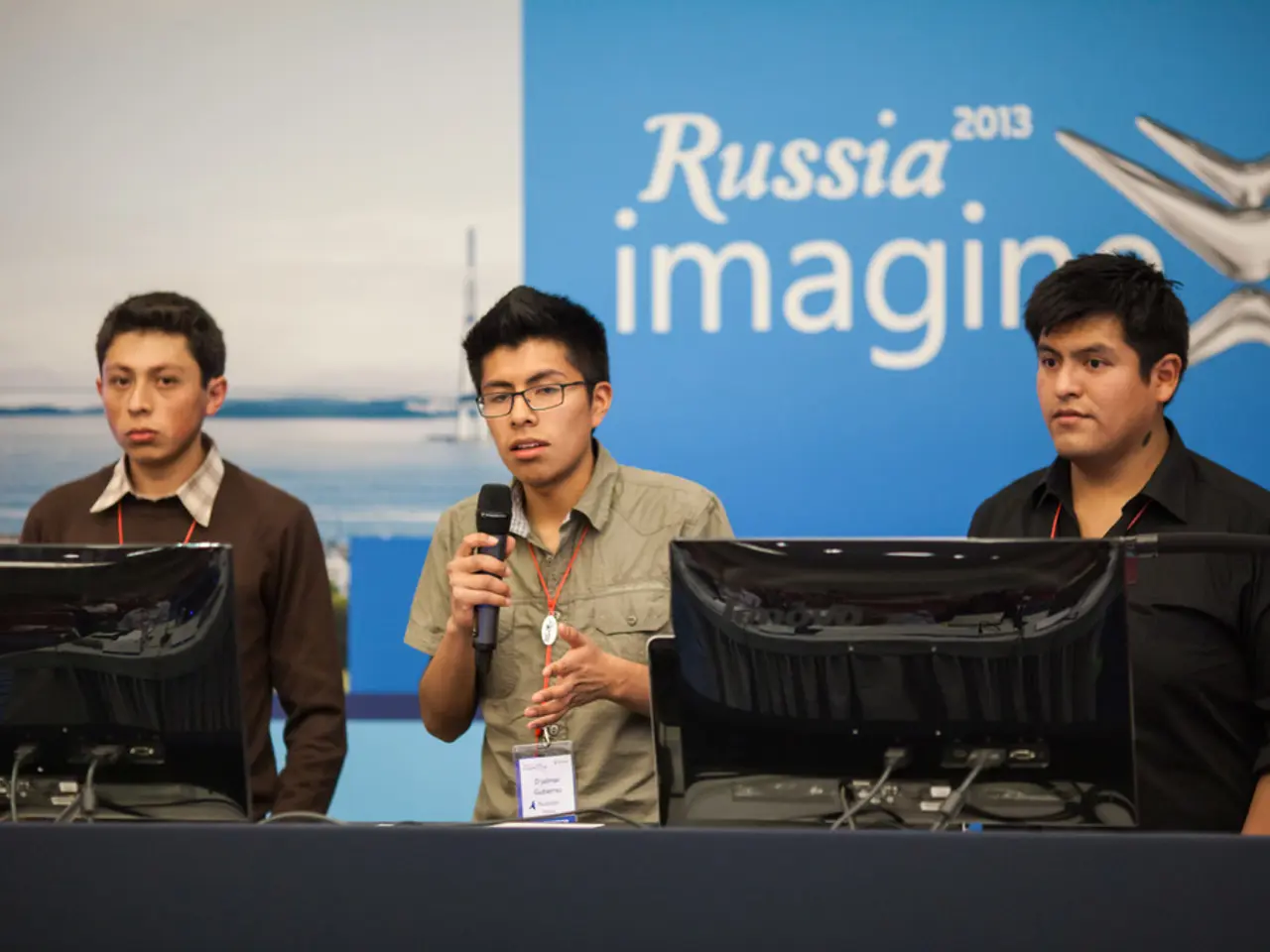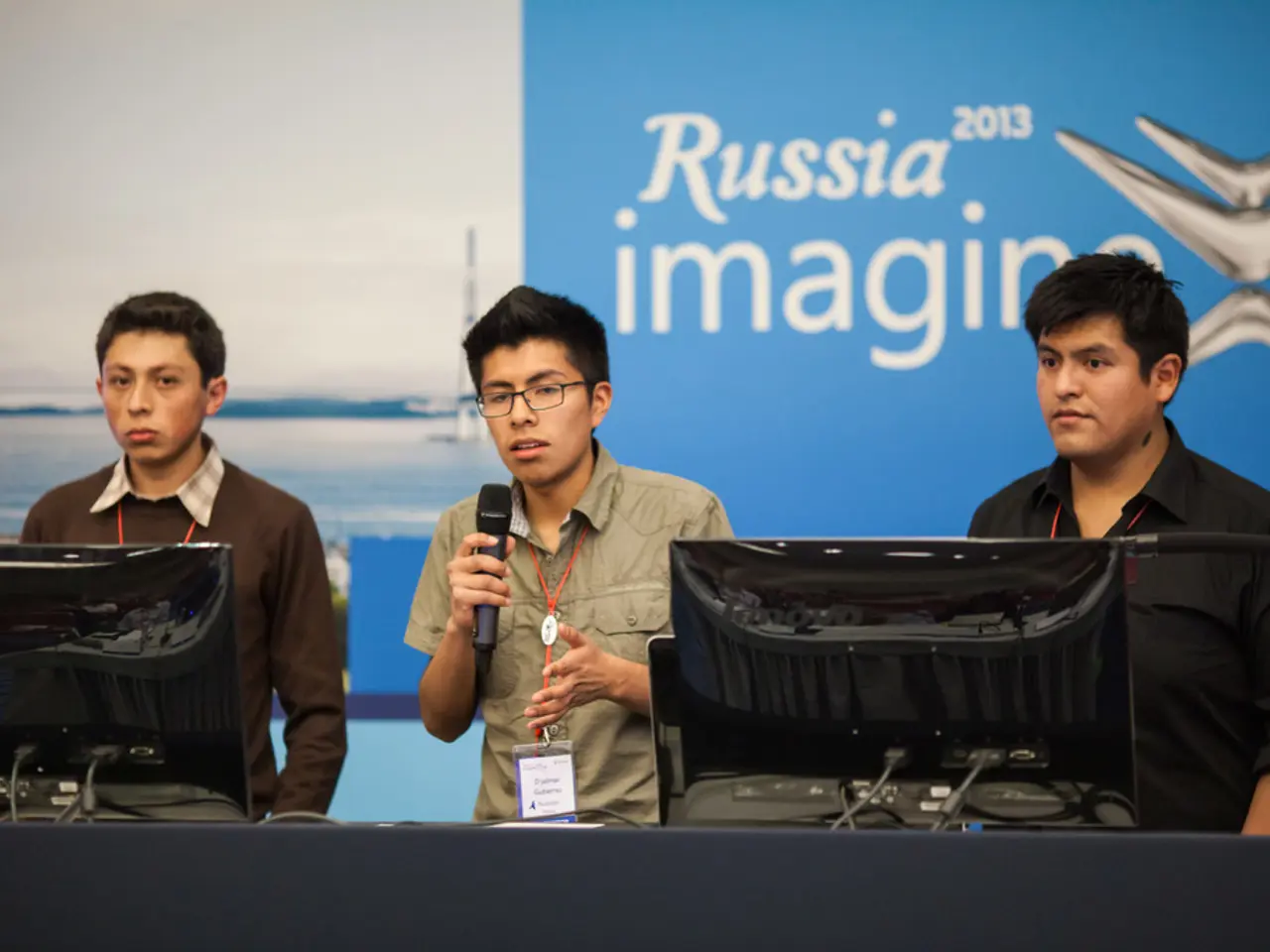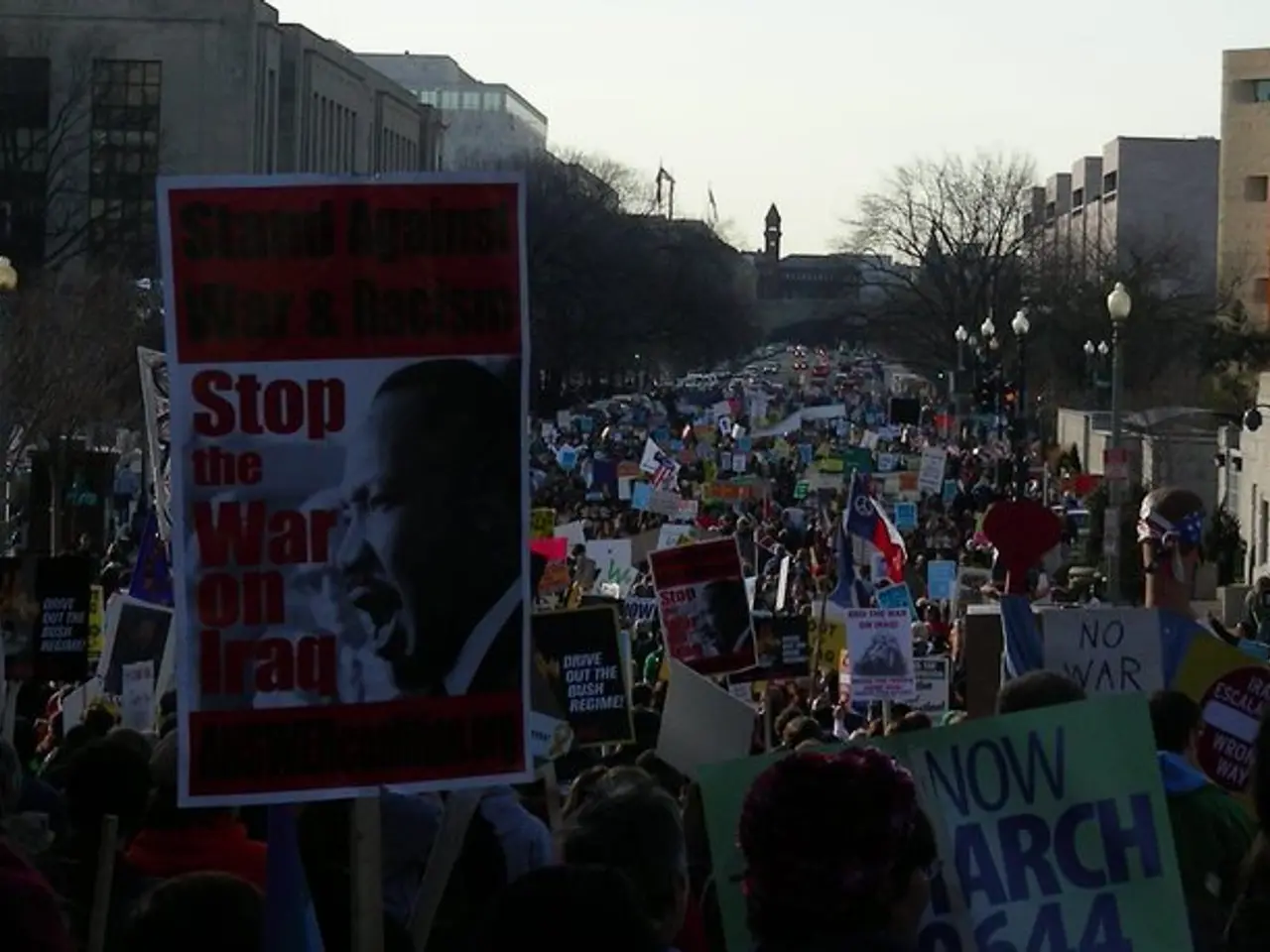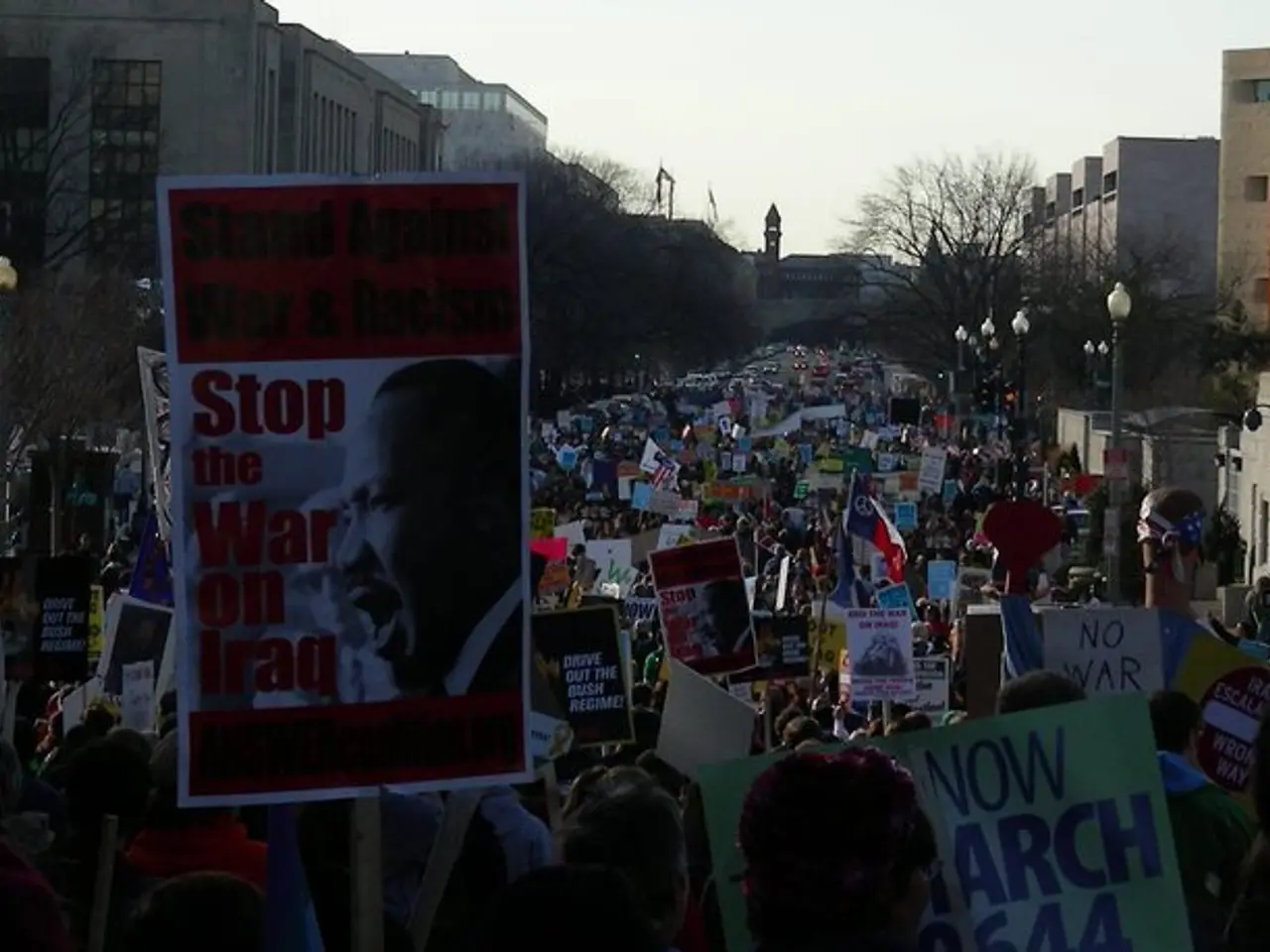Questions Arise about Gaza's Future Following Ceasefire
The ongoing conflict in Gaza, which began on 7 October 2023 due to Hamas' aggression on Israeli territory, has led to a series of high-stakes negotiations involving Hamas, Israel, and various mediators, including the US, Qatar, and Egypt. While there are some positive signs, key differences remain.
## Ceasefire Agreement Status
Hamas has responded with a "positive spirit" to a recent US-supported ceasefire proposal, but has proposed three main amendments regarding humanitarian aid, the status of the Israeli Defense Forces (IDF) inside Gaza, and the language around guarantees for a ceasefire beyond the initial 60 days. Hamas wants assurances that talks on a permanent ceasefire will continue until an agreement is reached, that aid will fully resume through UN and international mechanisms, and that the IDF withdraws to positions held before the March collapse of the previous ceasefire. Israel’s Prime Minister Benjamin Netanyahu has stated that Hamas’s requested changes are “not acceptable.”
## Proposed Reconstruction Plans
Egypt is central to regional plans for Gaza’s rehabilitation. A proposed framework suggests a technocratic administration would govern Gaza, replacing Hamas, in coordination with the Palestinian National Authority (PA) and assisted by moderate Arab states. Israel would withdraw its forces only after Hamas is removed from power and effective anti-smuggling measures are in place. Reconstruction would depend on the establishment of a robust demilitarization mechanism, enforced and supervised by an Arab multinational task force.
The PA is envisioned to play a governance role in Gaza after Hamas’s removal, with a Palestinian police force connected to the PA deployed to restore order and distribute aid, alongside an Arab multinational task force. Gulf nations, led by Saudi Arabia, the UAE, and Qatar, are expected to assist in rebuilding Gaza.
## Key Challenges
The group insists on a full Israeli troop withdrawal and end to the war as conditions for releasing hostages, conditions Israel rejects. Disarmament and demilitarization also pose a significant obstacle, with Israel demanding Hamas be disarmed before troop withdrawal, which Hamas refuses to discuss. Domestic and regional pressures complicate the positions of Egypt and Jordan, while the effectiveness of PA governance in Gaza remains uncertain.
## Summary
In summary, negotiations are active but contentious, with significant obstacles to a comprehensive ceasefire and reconstruction plan. The US, Egypt, Jordan, and the Palestinian Authority all play critical, if not yet fully coordinated, roles in shaping the next phase of the conflict and post-war Gaza. The current death toll in Gaza stands at 47,283 people, the majority of whom are civilians. The deadline for implementing the agreement is the first week of March.
Amidst the ongoing negotiations, Hamas has proposed amendments to the US-supported ceasefire proposal, focusing on humanitarian aid, IDF presence in Gaza, and language around a permanent ceasefire. Meanwhile, Egypt is central to regional plans for Gaza’s rehabilitation, with a proposed technocratic administration replacing Hamas, assisted by moderate Arab states, and reconstruction hinging on a demilitarization mechanism supervised by an Arab multinational task force.
